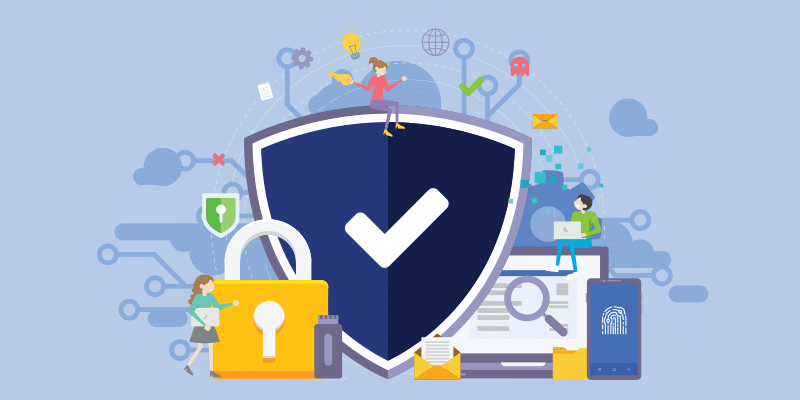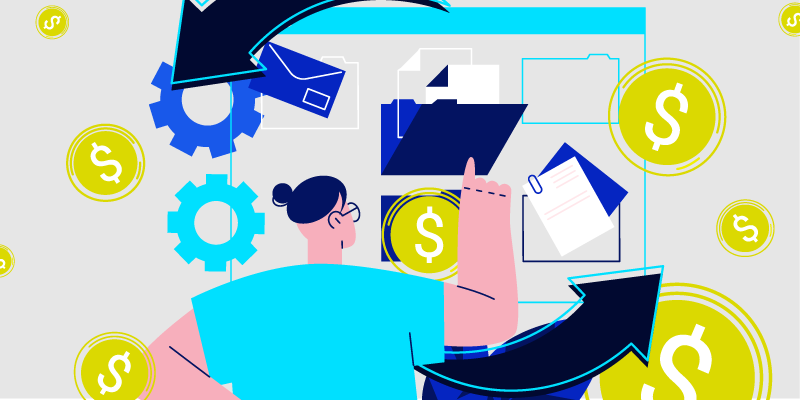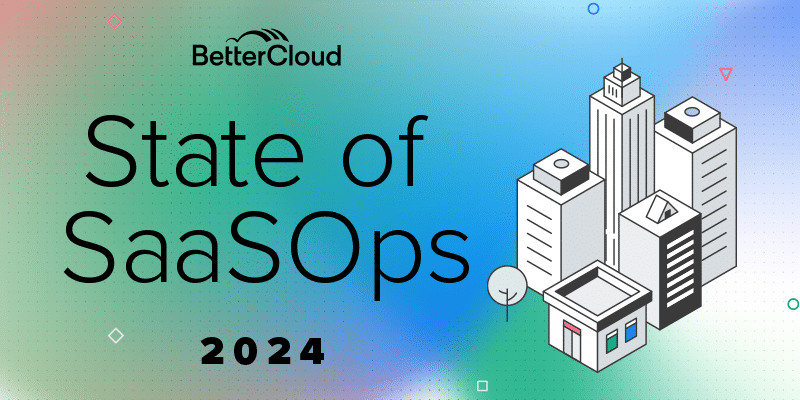Top 5 SaaS governance best practices
February 3, 2025
4 minute read

Does this sound familiar? You realize you need a new tool to solve a problem so you quickly sign up for the leading, most relevant SaaS app. Rinse and repeat a few dozen times and suddenly you’re drowning in a sea of subscriptions. You’re not sure what you’re paying for, which apps are even being used, and whether your data is secure.
This is the reality for many organizations today. The rapid rise of software has brought incredible flexibility and innovation, but it also creates new challenges. Without a clear strategy and a system in place, your organization can quickly become a victim of ‘SaaS sprawl’ – a chaotic landscape of redundant subscriptions, hidden costs, and potential security risks.
That’s where SaaS governance comes in. Think of it as a roadmap that guides you through this ever-changing landscape. By implementing best practices, you’ll gain control over your SaaS spending, enhance security, and ensure that your technology purchases are truly driving business value.
What is SaaS governance?
SaaS governance is the process of managing and controlling SaaS applications within an organization. It involves establishing a framework to ensure these applications align with business objectives, are secure, and comply with relevant regulations.
Due to heavy reliance on software, organizations have to put together a proper SaaS governance strategy that works for them to avoid security risks and reduce SaaS sprawl.
Top 5 SaaS governance best practices
As you build your SaaS governance framework, you’ll want to consider the following best practices to not only streamline operations, but to also cultivate a culture of compliance and unlock greater value from your SaaS investments.
Comprehensive SaaS inventory and discovery
You can’t protect what you don’t know you have. Think of it like your closet – you can’t keep it clean if you don’t know what’s in there. Imagine discovering an unused app with 100 licenses costing $10,000 per year!
Having an up-to-date inventory of every application – including shadow IT – in your tech stack is vital to a strong security posture. Some teams accomplish this with a spreadsheet, but no one can truly find shadow IT without the right tool.
A SaaS management platform is specifically designed to be a single source of truth for your entire tech stack. This includes details like:
- Inventory: A complete list of all SaaS applications used within your organization.
- Contracts: Renewal dates, pricing, and terms for each application.
- Usage: User activity, license utilization, and adoption rates.
- Spend: Total software spending, cost per user, and potential cost savings.
- Security: Security posture, compliance risks, and potential vulnerabilities.
Strong access control and authentication
We all know security is paramount. And like you, we want to make sure only authorized users can access sensitive data and applications.
Case and point is the major security incident with Snowflake in 2024. Snowflake itself was not breached, but over 150+ of its customers were impacted due to vulnerable users who failed to enable multi-factor authentication on their accounts.
Implementing a dynamic role-based access control model that includes MFA, single sign on (SSO), regular password rotations, and granular access controls within each SaaS application is vital. This prevents unauthorized access, minimizes the impact of data breaches, and ensures compliance with industry regulations and standards like GDPR, CCPA and HIPAA.
Data security and compliance
Data is the lifeblood of any business. Safeguarding it is paramount. This is especially true as AI becomes increasingly integrated into SaaS applications (and the extra cost along with it).
Implementing robust data security measures, such as encryption, regular backups, and data loss prevention (DLP) mechanisms, is essential across all SaaS applications.
This includes establishing clear file governance policies, such as access controls, retention schedules, and data classification guidelines, to ensure proper handling of sensitive information.
This ensures data confidentiality, integrity, and availability, safeguarding your business and building trust with customers and partners.
Vendor management and risk assessment
Not all SaaS providers are created equal. Conducting thorough risk assessments of your SaaS vendors, including security audits, contract reviews, and performance evaluations, is key.
One area to highlight here is contract reviews. Effective vendor management strategies include assessing SaaS contracts for language around data ownership and liability. This ensures you’re protected and know exactly what you’re getting into with every SaaS contract.
All of this mitigates vendor-related risks like data breaches or service disruptions, making sure your vendors meet your security standards, and builds strong and reliable vendor relationships.
Continuous monitoring and improvement
SaaS governance isn’t a one-time project; it’s an ongoing process.
Regularly reviewing and updating your SaaS governance policies and procedures based on new threats, emerging technologies, and changing business needs is essential. This helps you stay ahead of the curve and adapt to the evolving SaaS landscape, ensuring your governance framework remains effective and efficient.
And don’t forget: security is everyone’s responsibility. It’s like a team sport – everyone needs to play their part. A great way to get the entire organization on board is to have business unit leaders actively participate by providing input on relevant policies, ensuring compliance within their teams, and communicating the importance of SaaS governance to their employees.
From the CEO to the intern, everyone has a role to play in keeping your data safe.
Why effective SaaS governance matters
Effective SaaS governance is like having a good system administrator – it keeps things running smoothly and securely. Without it, your SaaS applications can become a wild west of uncontrolled growth and hidden risks.
Poor SaaS governance can lead to significant financial waste and make it difficult to predict and manage SaaS spending. And to make matters worse, shadow IT runs rampant. When employees can’t easily find or access the right SaaS tools, they often subscribe to their own solutions, creating an unknown shadow IT-rich environment that further increases security risks and costs.
Security is paramount and a strong SaaS governance foundation helps protect sensitive data and minimizes the risk of breaches.
Ultimately, SaaS governance empowers IT teams to streamline processes, provide the right tools for employees, and make data-driven decisions about technology investments. It’s all about having control and visibility over your SaaS landscape, which keeps the organization secure and compliant.
Conclusion
SaaS governance might seem like a daunting task, but it doesn’t have to be. By following these best practices and taking a proactive approach, you can get the most out of your cloud investments, reduce risks, and create a secure and efficient digital environment.
Want to take your SaaS governance strategy to the next level? Consider implementing a SaaS management platform like BetterCloud to elevate your SaaS governance with enhanced visibility and control over your entire tech stack.






